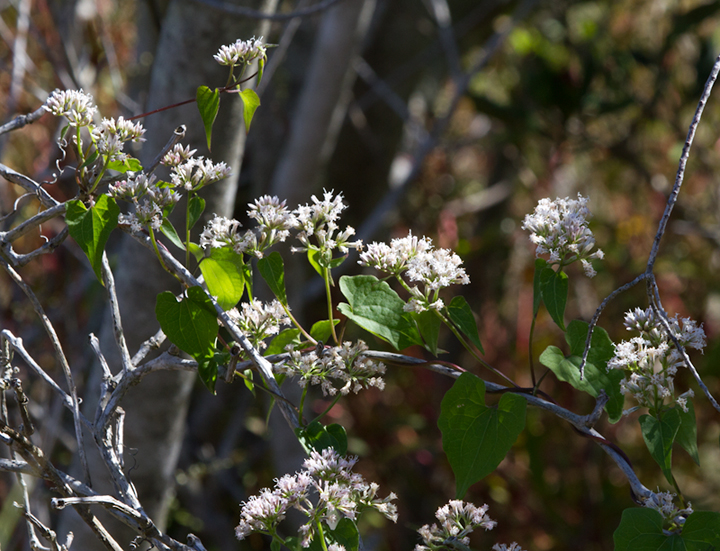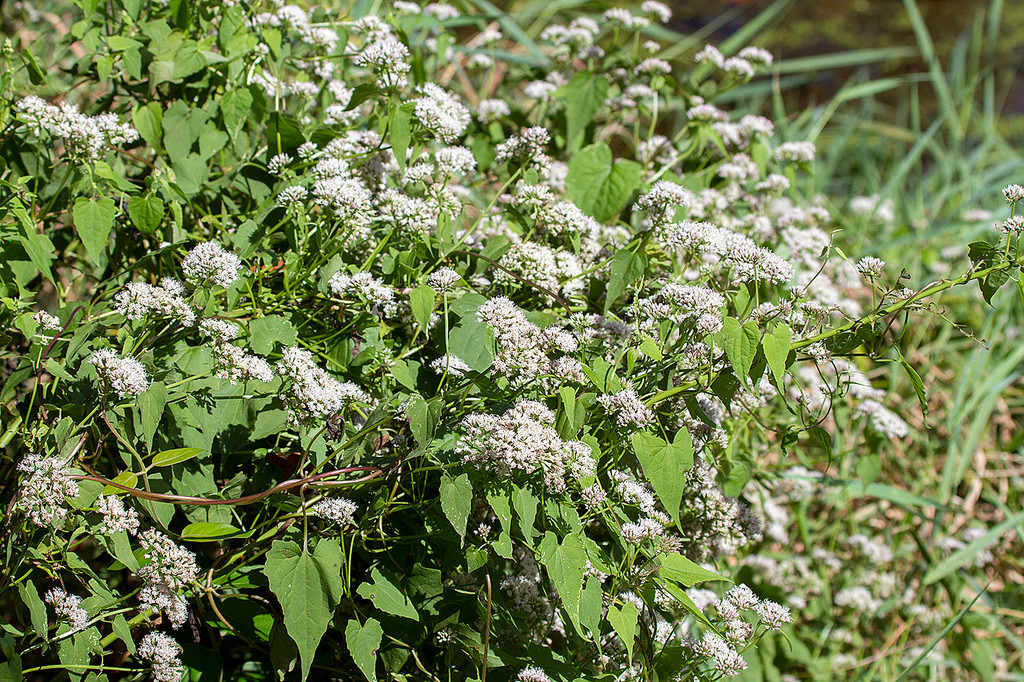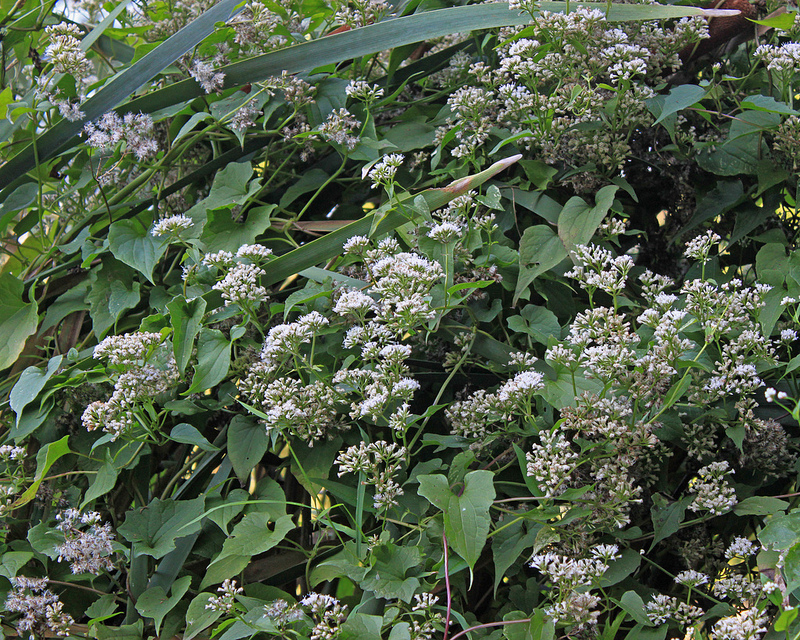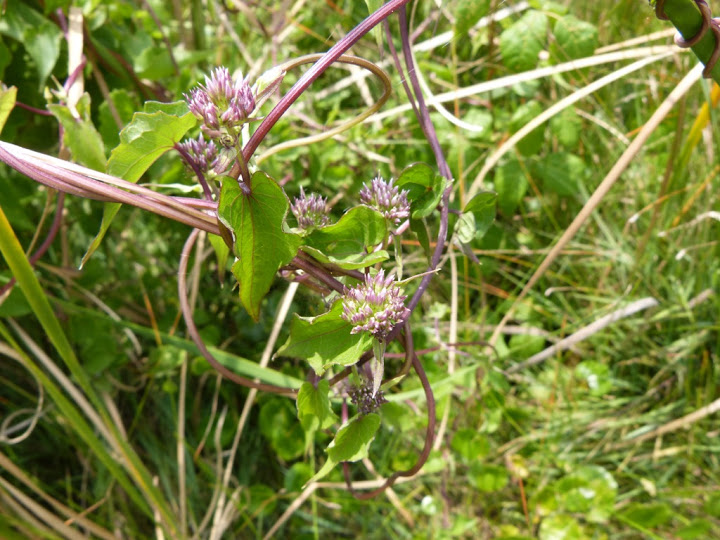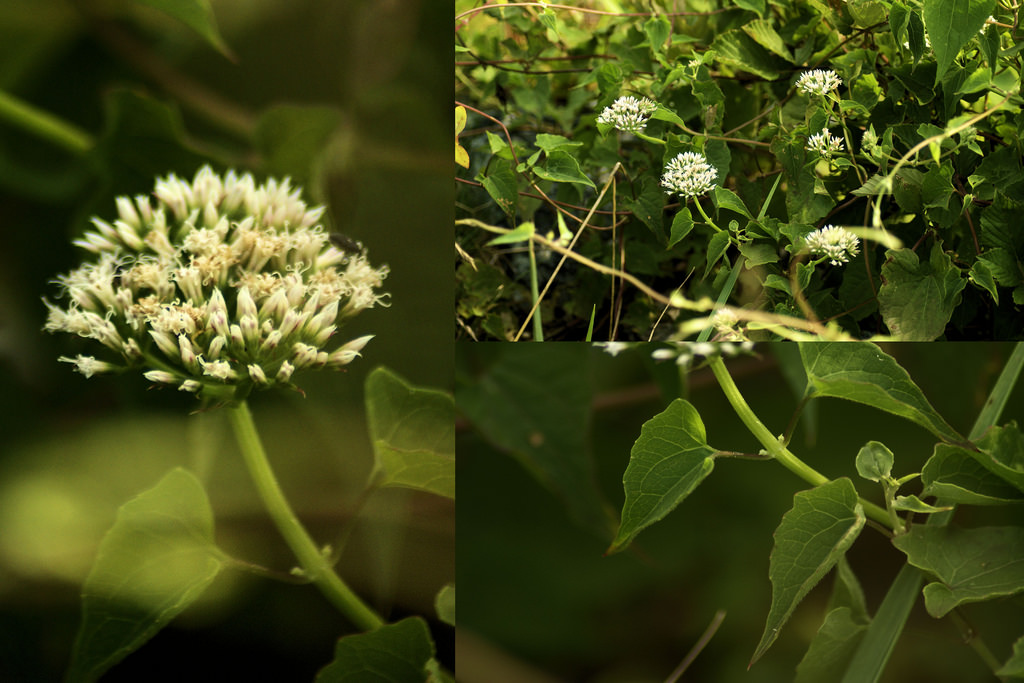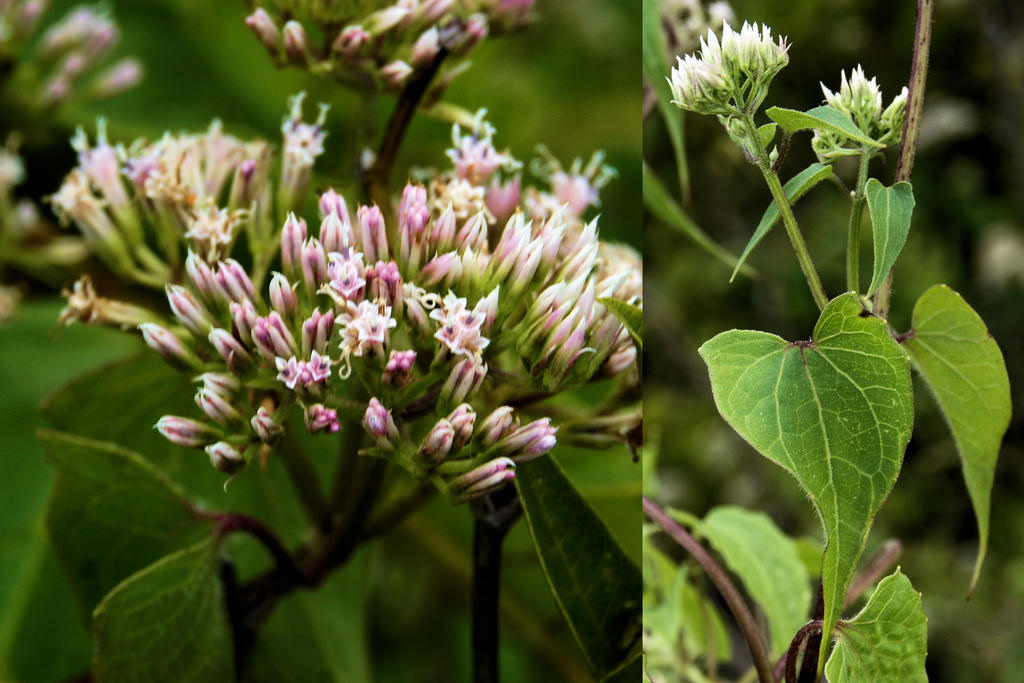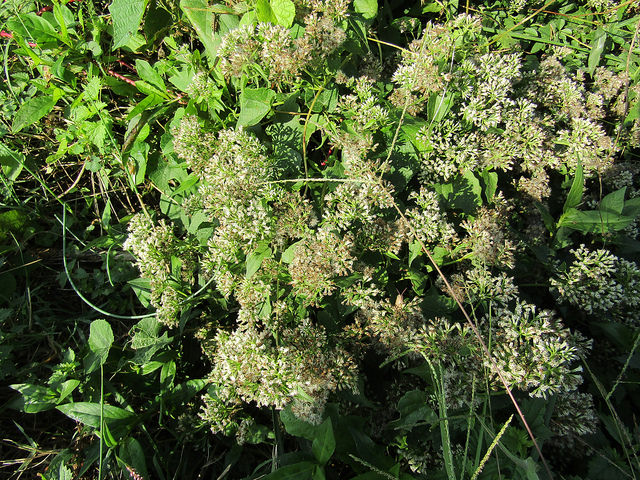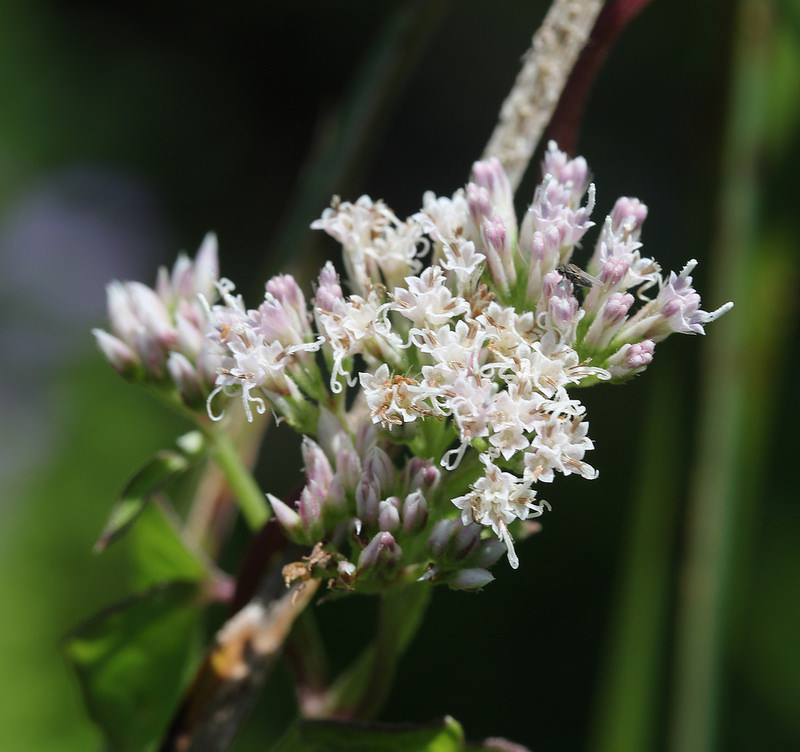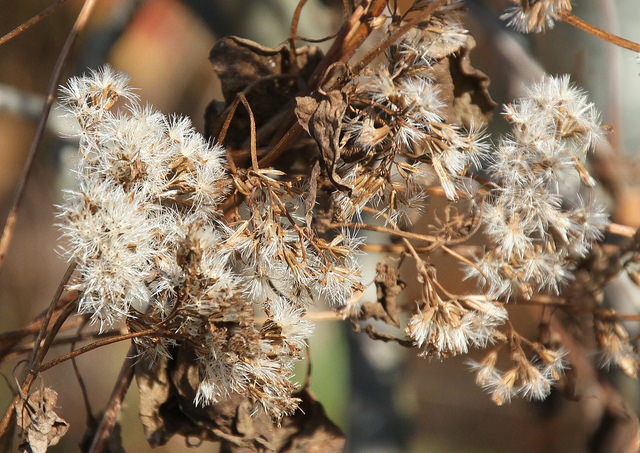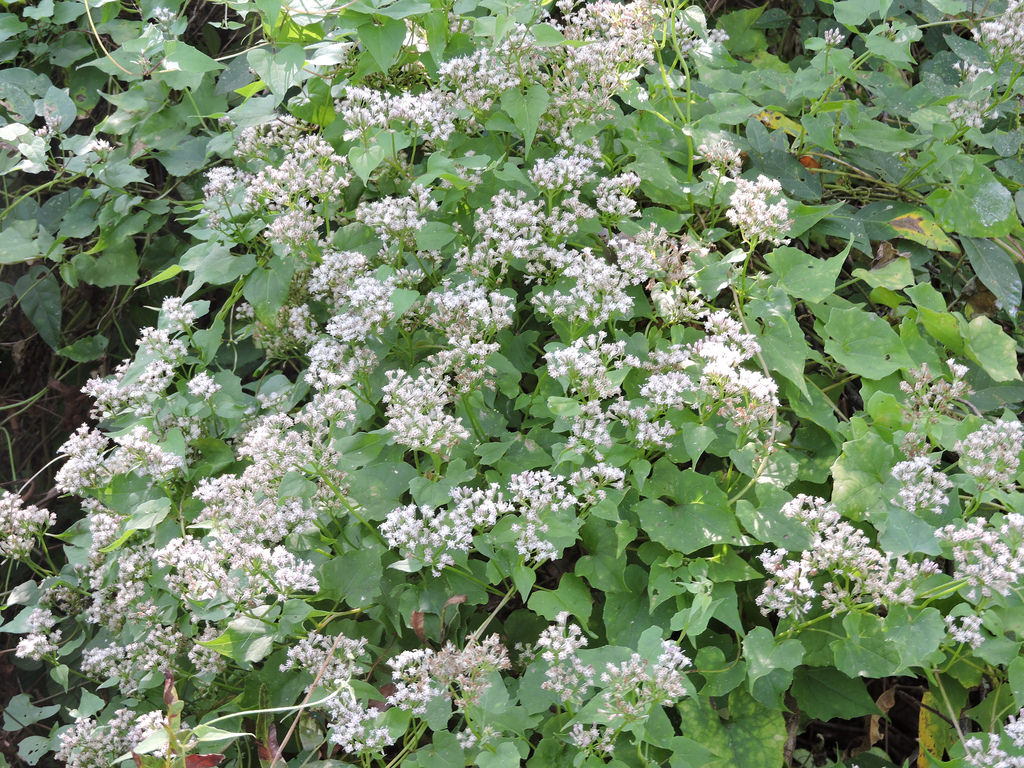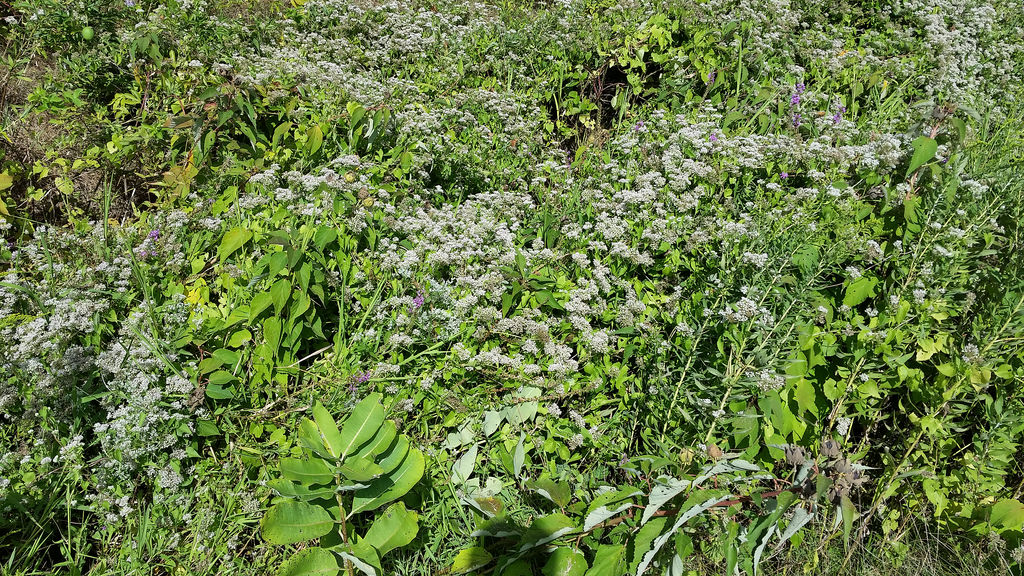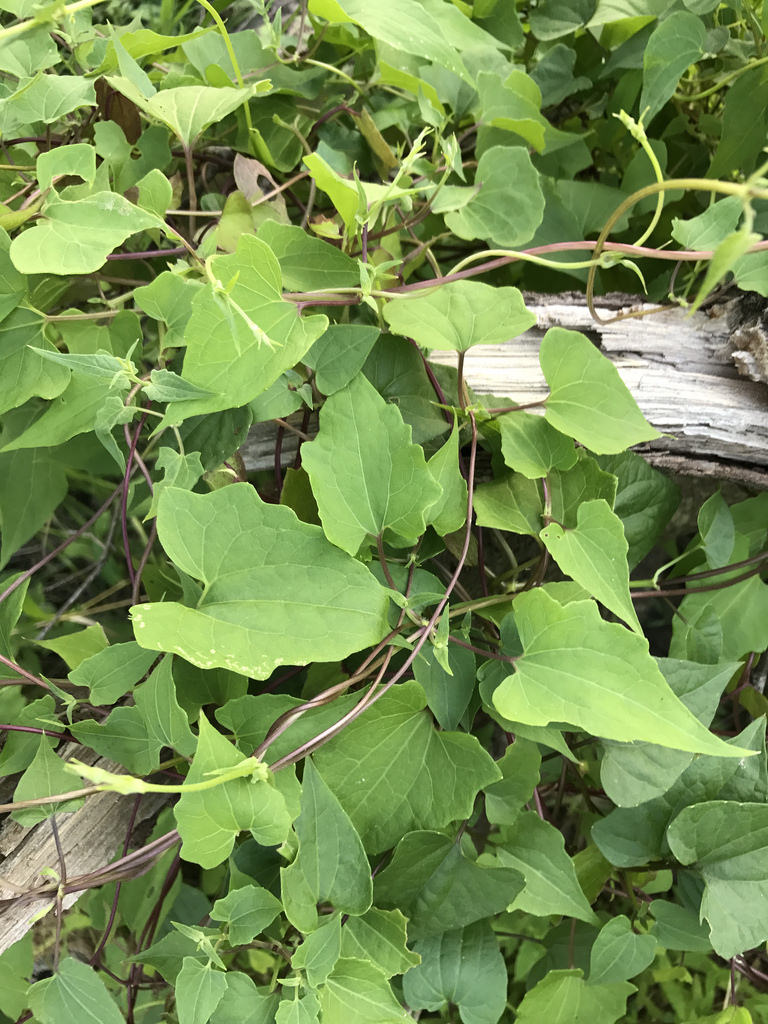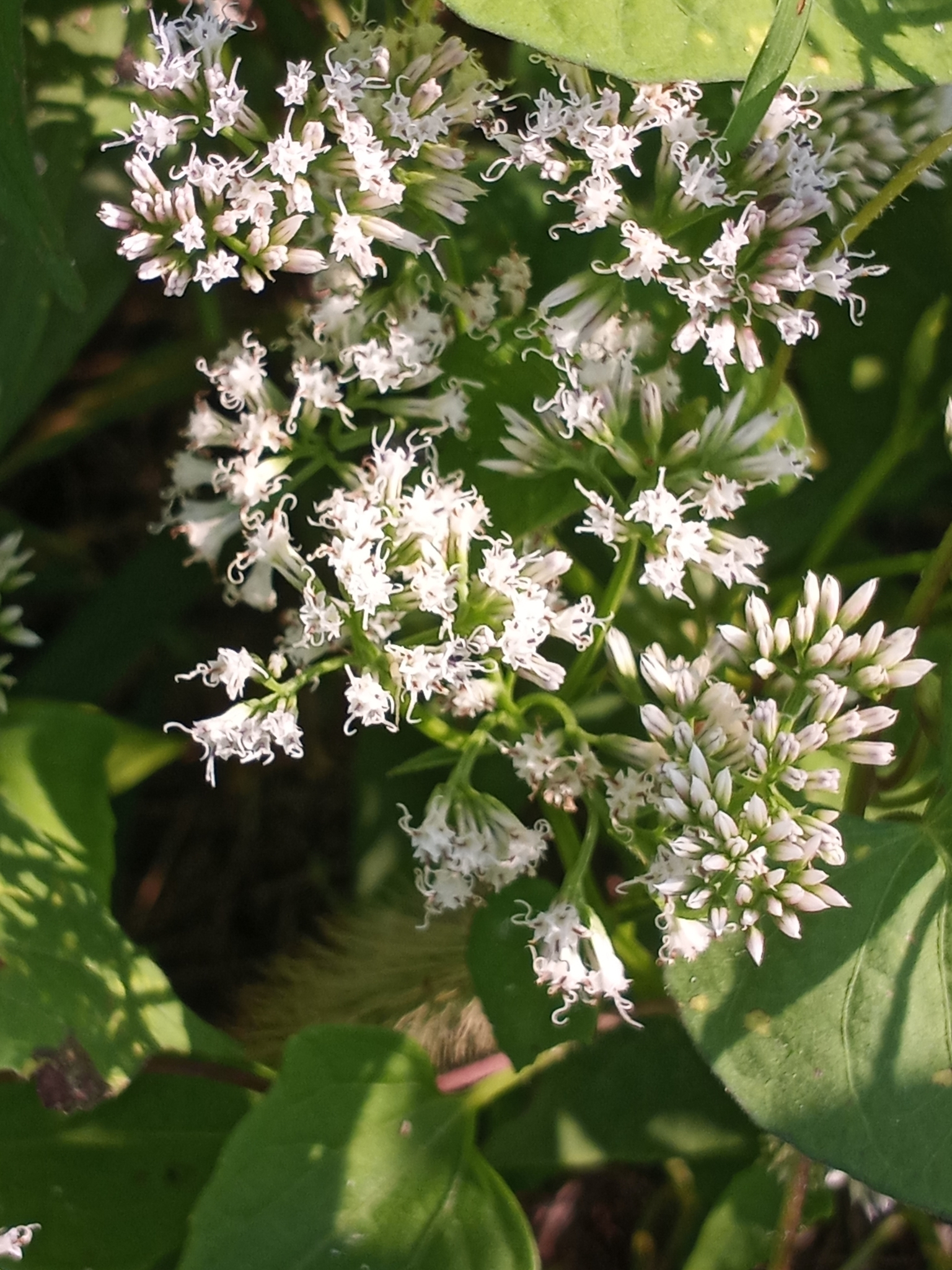Map Snapshot





















478 Records
Seasonality Snapshot
Source: Wikipedia
| Mikania scandens | |
|---|---|

| |
| Scientific classification | |
| Kingdom: | Plantae |
| Clade: | Tracheophytes |
| Clade: | Angiosperms |
| Clade: | Eudicots |
| Clade: | Asterids |
| Order: | Asterales |
| Family: | Asteraceae |
| Genus: | Mikania |
| Species: | M. scandens
|
| Binomial name | |
| Mikania scandens | |
| Synonyms | |
| |
Mikania scandens is a species of flowering plant in the family Asteraceae. Its common names include climbing hempvine, climbing hempweed, and louse-plaster.[1] It is native to the eastern and central United States, with its distribution extending into Tamaulipas, Mexico.[1] Reports of its presence in Ontario, Canada are erroneous.[2] It is an introduced and invasive species on many Pacific Islands[3] and in parts of southern Asia.[4]
Description
[edit]This species is a perennial herb which grows as a branching vine. The leaves are oppositely arranged at swollen nodes on the stem. They have triangular or heart-shaped, sometimes toothed blades up to 15 centimeters long by 11 wide. The flower heads are clustered in panicles. The flower head is about half a centimeter long and is enclosed in narrow, sometimes purple-tinged phyllaries. The flowers are pinkish, purplish, or white. The fruit is a dark-colored, resinous achene about half a centimeter long, including its pappus of white or purplish bristles.[2][3]
Biology
[edit]The pappus-tipped seeds are dispersed on the wind or on clothing or fur. The plant also reproduces vegetatively by rooting from the nodes on sections of stem.[3] The climbing herbage can become weedy and dense, sometimes covering other vegetation.[5] It also has allelopathic effects on other plants.[4]
Its native habitat includes wooded areas and swamps.[3]
This is a host plant for the larvae of the Little Metalmark (Calephelis virginiensis), and the adult consumes the nectar.[6]
Uses
[edit]This plant is cultivated as a cover crop and a livestock fodder. It is also grown as an ornamental plant[3] and it is used in butterfly gardens.[6]
It is used in traditional medicine systems of the Indian subcontinent as a treatment for gastric ulcers, wounds, and insect bites and stings.[7]
References
[edit]- ^ a b "Mikania scandens". Germplasm Resources Information Network. Agricultural Research Service, United States Department of Agriculture. Retrieved 21 January 2018.
- ^ a b Mikania scandens. Flora of North America.
- ^ a b c d e Mikania scandens. Pacific Island Ecosystems at Risk (PIER).
- ^ a b Piyasena, K. and H. Dharmaratne. (2013). Allelopathic activity studies of Mikania scandens. Natural Product Research 27(1), 76-79.
- ^ Moon, M., et al. (1993). Acclimatization to flooding of the herbaceous vine, Mikania scandens. Functional Ecology 7(5), 610-15.
- ^ a b Mikania scandens. Natives For Your Neighborhood. The Institute for Regional Conservation, Florida.
- ^ Dey, P., et al. (2011). Neuropharmacological properties of Mikania scandens (L.) Willd.(Asteraceae). Journal of Advanced Pharmaceutical Technology & Research 2(4), 255-59.
External links
[edit]![]() Media related to Mikania scandens at Wikimedia Commons
Media related to Mikania scandens at Wikimedia Commons
